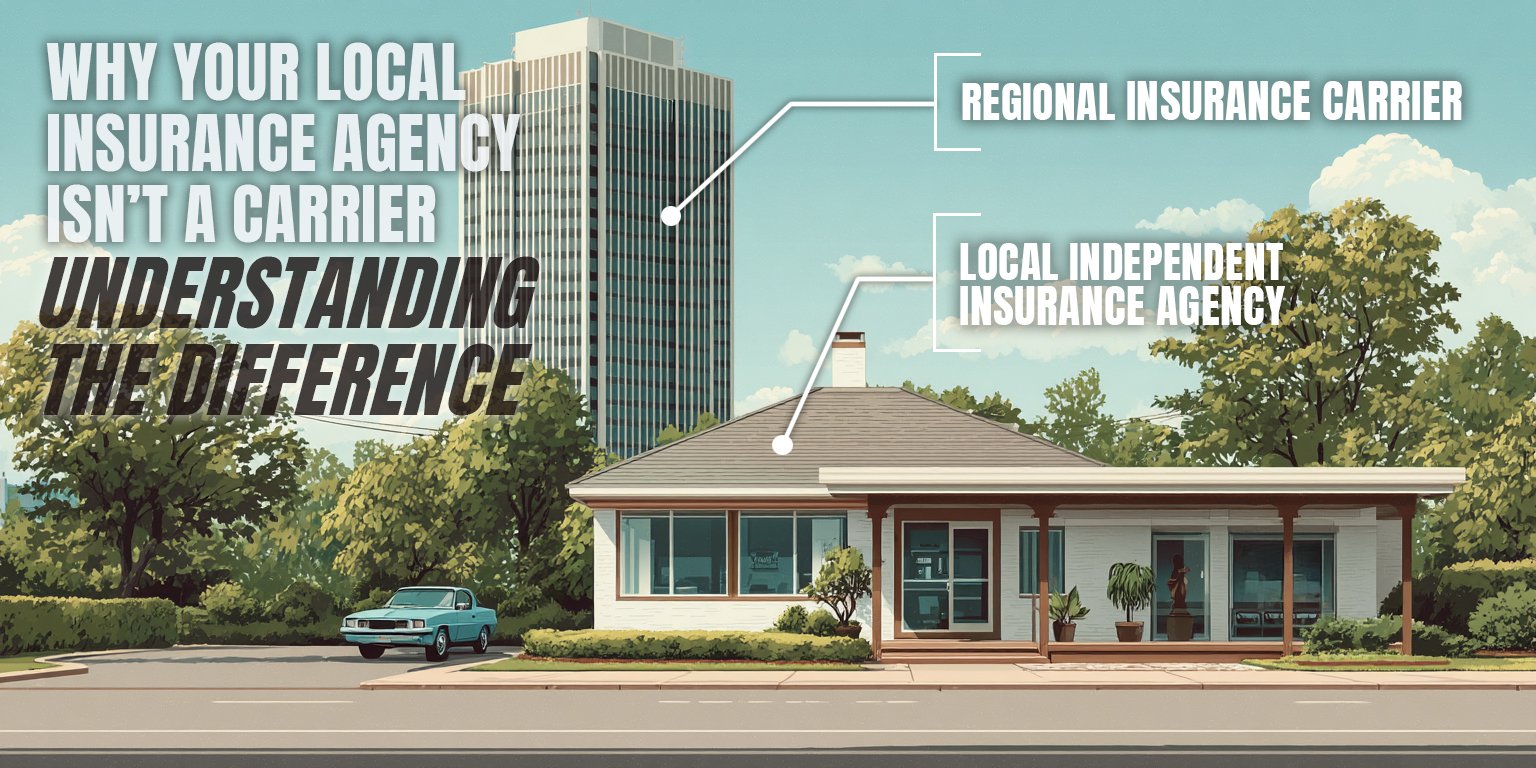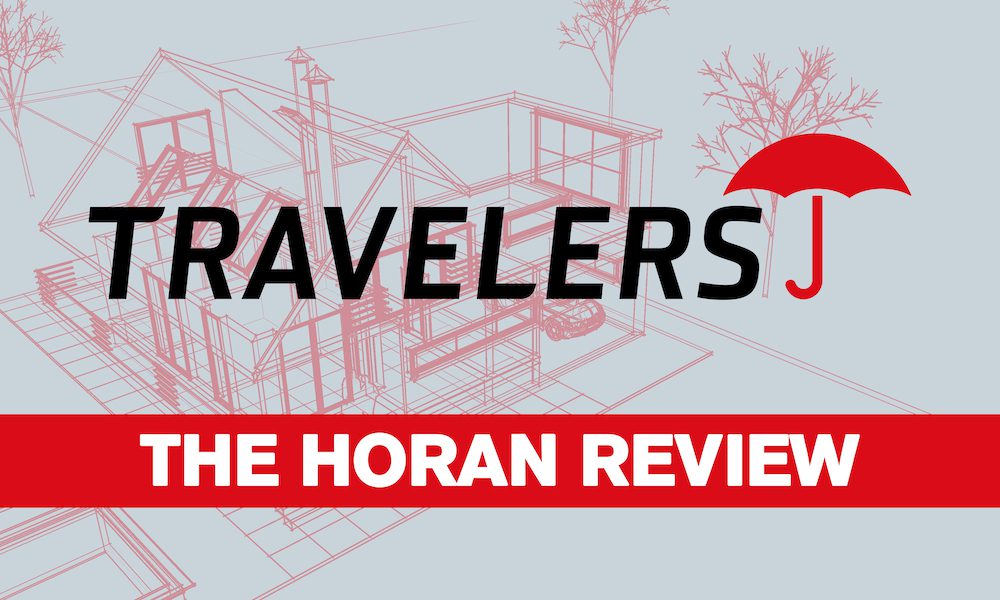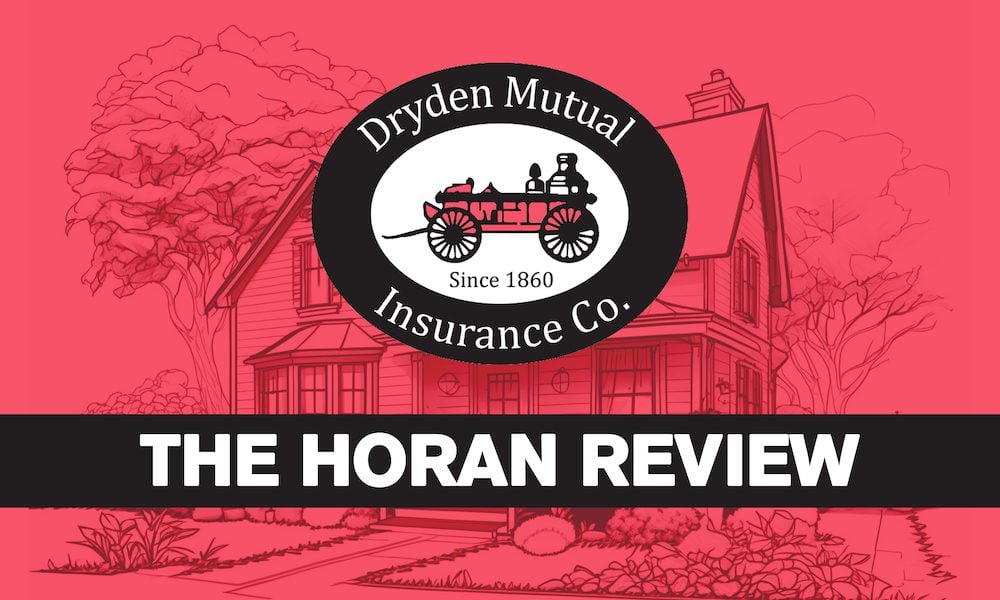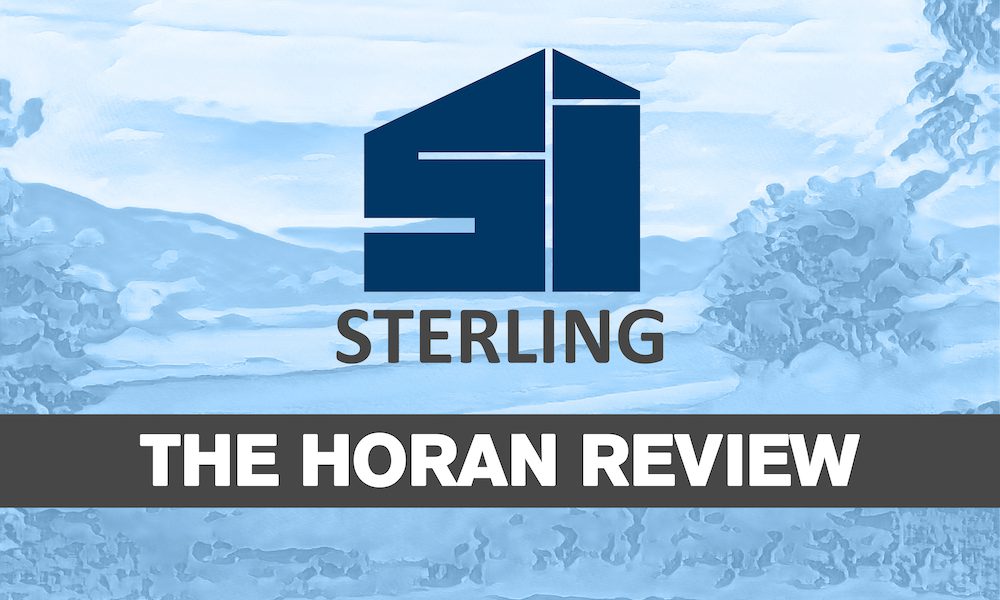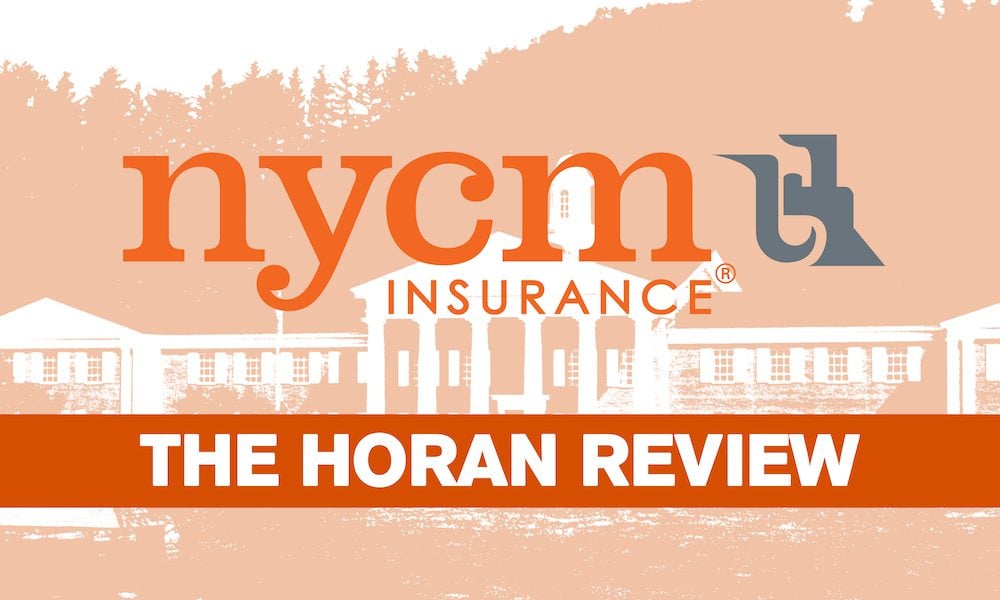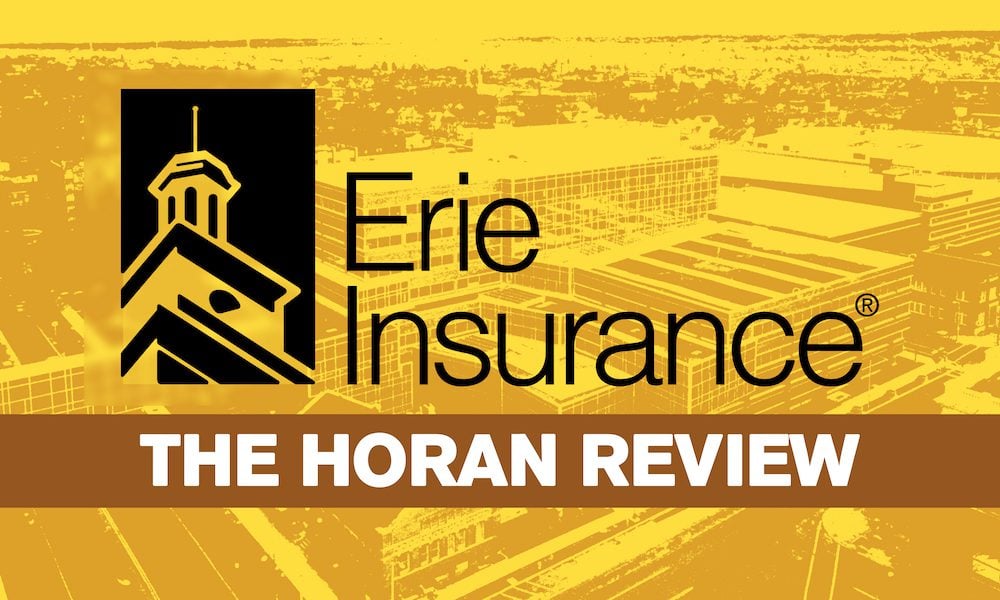Why Insurance Policies Include Coverage That May Not Apply to You: Bundle Requirements in Central New York
August 11th, 2025
4 min read

You've reviewed your insurance policy and noticed coverage for things you don't own or use. A watercraft endorsement when you don't have a boat. Other structures coverage when your garage attaches to your house.
Personal injury limits on your auto policy when you have health insurance. This situation frustrates many property owners throughout the region who wonder why they're paying for coverage that seems irrelevant to their situation.
At the Horan insurance agency, we help Central New York residents understand how insurance bundles work and why certain coverage appears on policies. We work with multiple carriers to help clients explore options that may address their insurance requirements.
In this article, we'll explore why carriers include coverage you might not currently use, how bundled endorsements work, and what options you have when reviewing your policy.
How Insurance Bundles Create Elements You Might Not Currently Use
Carriers design bundles to serve broad customer groups rather than create thousands of individual policy versions. When you select certain endorsements or options, you often receive a package that includes multiple types of coverage.
For example, if you want personal electronic device coverage with a lower deductible for items like smartphones or laptops, you might end up with an endorsement that also includes watercraft coverage up to $2,500. Even without owning a boat, this coverage becomes part of your policy because the carrier bundles these coverages together.
This bundling approach allows insurers to offer popular combinations at competitive rates. Rather than pricing each component separately, which typically costs more, carriers create packages where some portions may be valuable to you while others may not apply to your current situation.
The same principle applies to various endorsements across different policy types. You might find provisions for keys and locksmith services on a business owners policy even if these services aren't relevant to your specific business operations.
Why Base Policy Components Appear Regardless of Your Current Needs
Certain elements appear on every policy of a specific type, whether you currently use them or not. Other structures coverage on homeowners policies provides a clear example of this approach.
Every homeowners policy includes other structures coverage as part of the base package. This coverage protects detached structures on your property like sheds, fences, or detached garages. If you currently have no other structures, this coverage still appears on your policy because it's built into the standard homeowners package.
Removing this coverage wouldn't reduce your premium because the cost is included in the base price structure. However, if you later decide to build a shed or install fencing, you already have coverage in place. If you need more coverage than the base amount provides, you can typically increase this limit.
Commercial policies follow similar patterns. Business owners policies often include numerous elements in their base package, many of which may not apply to every business.
For instance, you might see provisions for damage to customers' vehicles on an office-based business policy. This element exists because the same policy form serves various business types, including automotive service businesses that would benefit from this provision.
When Policy Elements Come from State Regulations
Some provisions appear on your policy because state law requires them, not because you requested them. New York State provides several examples of mandatory elements that property owners might not realize they have.
Personal injury protection on auto insurance policies demonstrates this requirement. Even with comprehensive health insurance, New York requires your auto insurance to serve as primary coverage for medical expenses resulting from car accidents. Your health insurance becomes secondary in these situations.
You might assume this coverage is unnecessary given your existing health insurance, but state regulations require this coverage on all auto policies. You can often increase this coverage amount, but you cannot remove it entirely.
Similar requirements exist for other policy types. Workers compensation provisions, minimum liability limits, and certain property standards all stem from state regulations rather than carrier preferences.
Understanding Replacement Cost vs. Market Value in Home Coverage
Property coverage amounts often appear excessive compared to what you paid for your home. If you purchased a house for $300,000 but see coverage for $850,000, this might seem like unnecessary over-coverage.
However, property insurance covers replacement costs, not market value. If your home is destroyed, your policy needs to provide enough coverage to rebuild the entire structure at current construction costs, not the price you paid for the existing home.
Construction costs include materials, labor, permits, and compliance with current building codes. These costs often exceed the purchase price of older homes, especially in Central New York where many properties have appreciated in value but would cost significantly more to rebuild today.
This coverage amount reflects what insurance companies calculate as necessary to restore your property to its pre-loss condition, ensuring you can rebuild rather than face a coverage shortage during reconstruction.
For more on this subject, see our article: Why is My Homeowners Coverage Higher Than the Home’s Value?
Your Options When Reviewing Policy Bundles
While you typically cannot remove bundled components, you can make informed decisions about which endorsements and packages best fit your situation. Learning how these bundles work helps you evaluate whether the overall value justifies the cost.
If specific bundled coverage doesn't apply to your situation, consider whether other components of the bundle provide enough value to warrant the endorsement. For business policies, review the entire list of additional coverages to identify which ones might benefit your operations, even if some seem irrelevant.
When coverage limits seem insufficient for your requirements, discuss increasing those limits with your agent. Some carriers offer more flexible limits than others, which might influence your carrier selection if specific coverage types are important to your situation.
Making Informed Decisions About Policy Structure
Insurance bundles exist to provide comprehensive options at competitive rates while serving diverse customer requirements. Learning why certain elements appear on your policy helps you make informed decisions about your insurance coverage.
The Horan insurance agency helps property owners throughout the region understand their options and how different carriers structure their policy offerings. We can discuss how various endorsements and bundles work and help you explore options that may address your specific insurance requirements.
Click the Get a Quote button below to learn more about coverage options and how different policy structures might work for your situation.
Daniel is an accomplished content creator. He has been working in publishing for almost two decades. Horan Companies hired Daniel as its content manager in November 2022. The agency entrusted its messaging to him. Since then, Daniel has written insurance articles, service pages, PDF guides, and more. All in an effort to educate CNY readers. He's helping them understand the world of insurance so they can make informed decisions.
Topics:

















